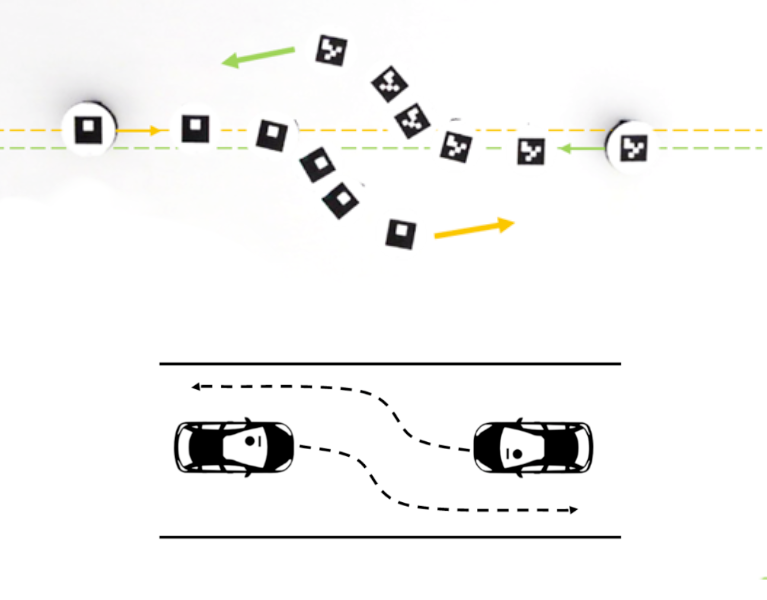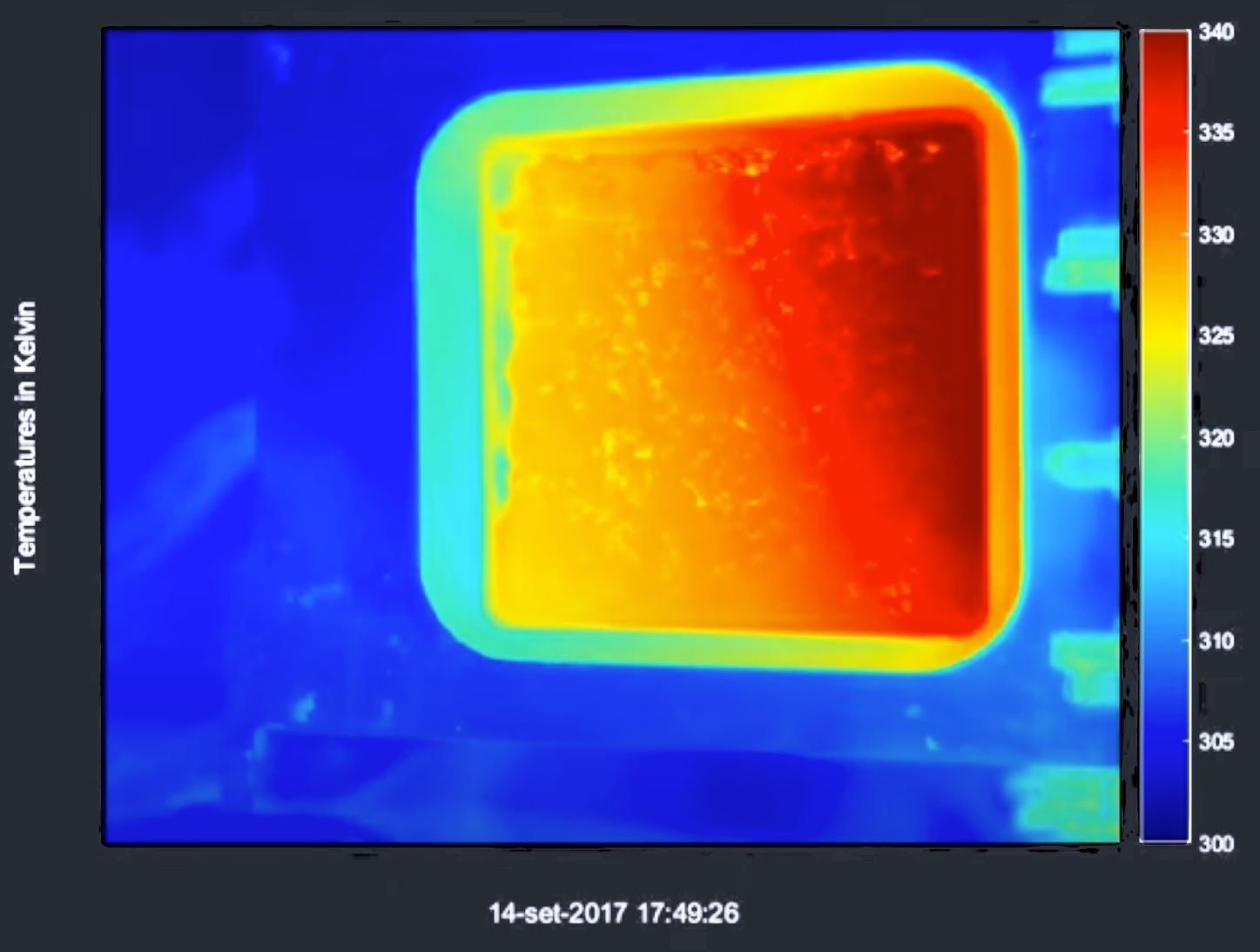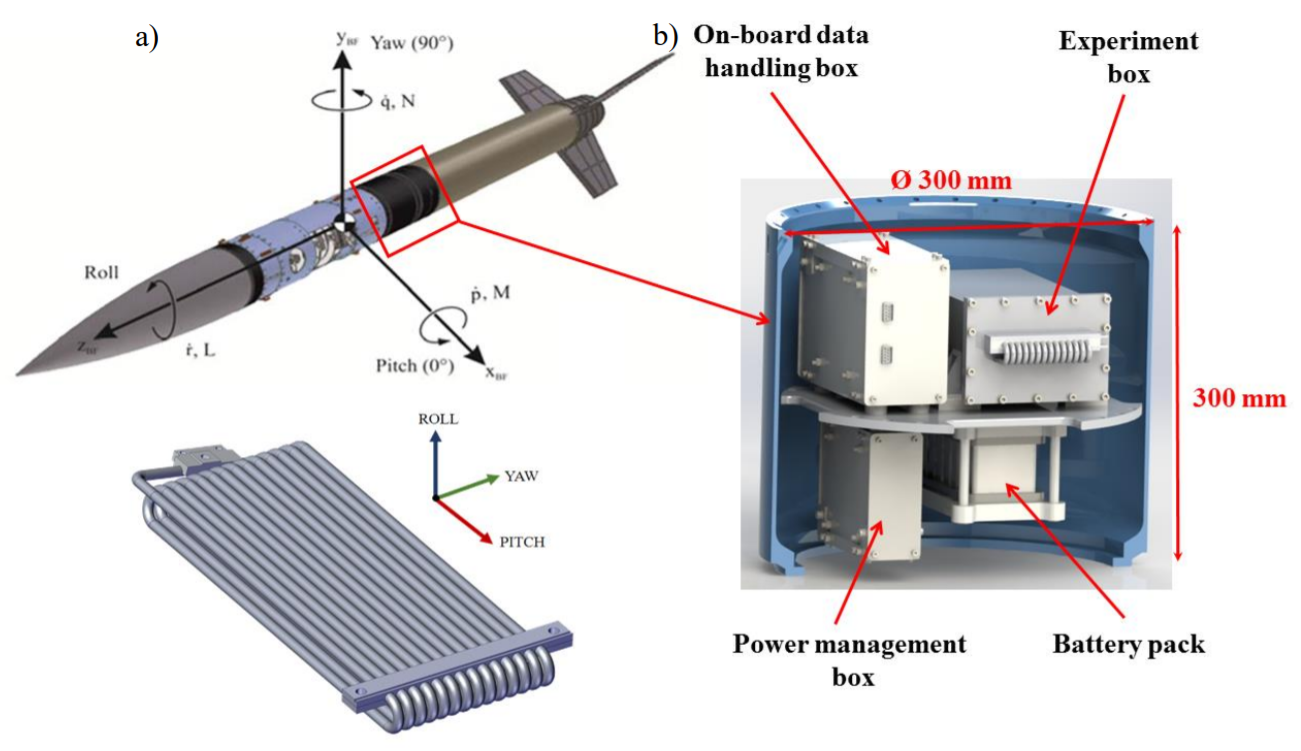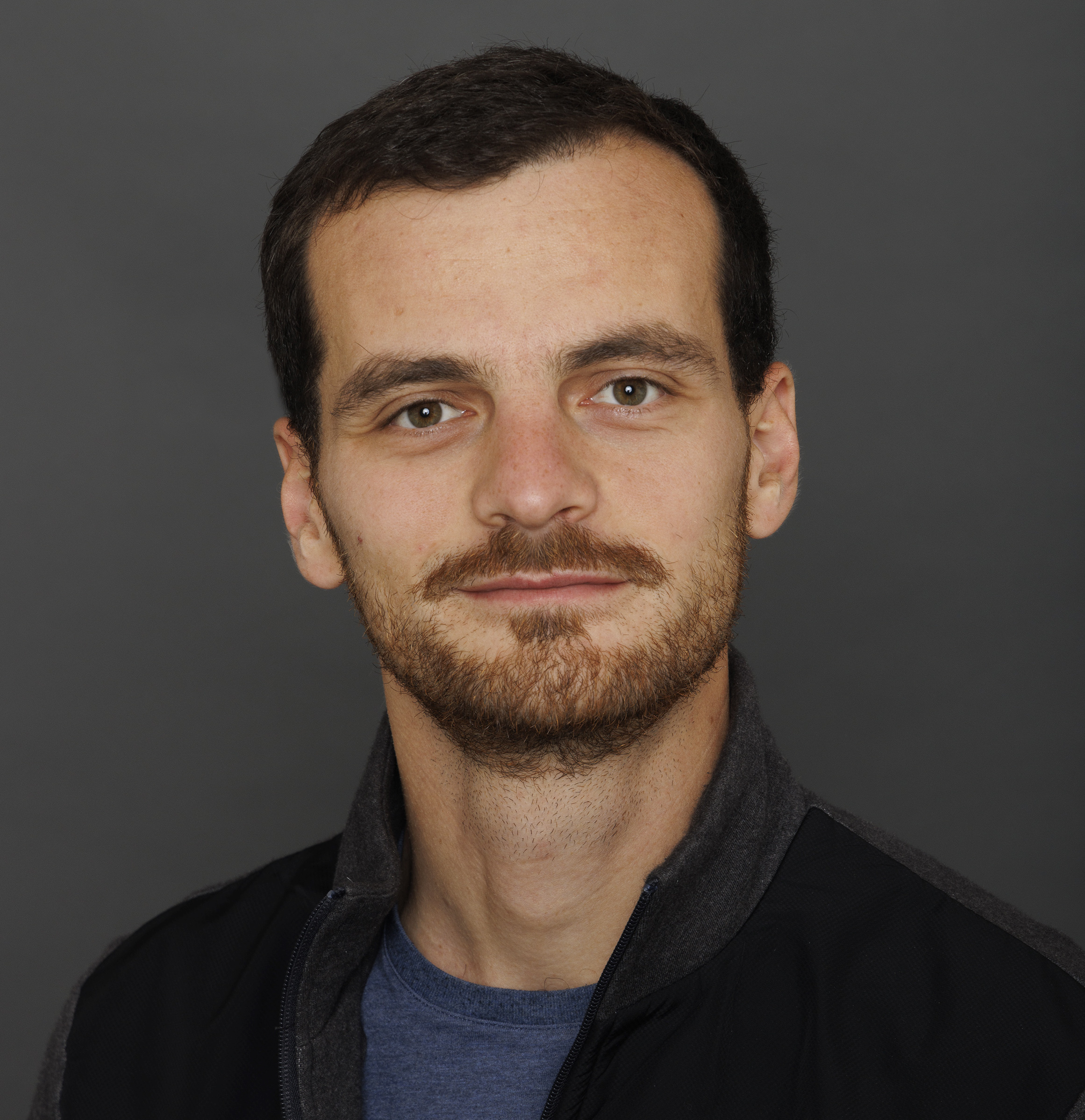| Direct data-driven formulas for optimal and distributed control I am interested in investigating novel approaches to the design controllers for unknown systems. Traditionally, input-(state)-output data of a system is used to identify its model, which can then be used to design a controller with classical control approaches. Instead, we look into designing controllers directly from data, in a one-step solution, bypassing explicit system identification altogether. In a series of papers we show how this approach can be advantageous, depending on the problem at hand and on the type of available data. For example, we find robust closed form formulas that return optimal controllers from data, even in distributed settings, and with noisy data. |
| Bifurcation Analysis of Linear-threshold Networks for Modeling Epilepsy We show that a network of coupled oscillators with linear-threshold nonlinearities can exhibit oscillations that are characteristic of epileptic seizures, and that the transition from normal to epileptic oscillations can be modeled as a bifurcation in the parameters of the system. This model is used to gain insight into the dynamic mechanisms underlying epileptic seizures. |
 |
 |
 |
Barrier functions for deconfliction of motion paths with traffic inspired rules We make use of safety barrier certificates with a direction bias to deconflict agents’ behaviour in a near-to-collision scenario, in compliance with local traffic rules. This work is motivated by atypical driving conditions, such as parking lots, where driving rules are not as strictly enforced as on standard roads. Navigation algorithms should take into account the human drivers’ behaviors, especially if they prove to be in conflict with the common rules of the road. |
| Melting Front Evolution of Paraffin Wax Inside Metal Foams at Different Acceleration Levels (HyMPaCt) We analyze the effect of different hyper gravity levels (up to 20g) and configurations (gravity direction parallel or perpendicular to the heat flux) on the melting performance of a composite aluminum foam/paraffin wax material. The paraffin wax melting and solidification front is dynamically recorded at each acceleration levels (from normal gravity up to 20g). The average of the critical Rayleigh number for the different test cases is evaluated and discussed. |
 |
 |
Upgraded Pulsating Heat pipe Only for Space (U-PHOS) U-PHOS was a successful experiment, flown as part of the payload of ESA’s REXUS 22 sounding Rocket, launched from ESRANGE Space Center in Kiruna, Sweden on March 17th, 2017. As Ground Station responsible, I developed the communication software to receive data live from the rocket as well as send commands to drive the experiment from Earth (LabVIEW, C, MATLAB); I also took part in the definition and development of the communication protocol and assisted on some minor aspects of the experiment on board software and integration. |
